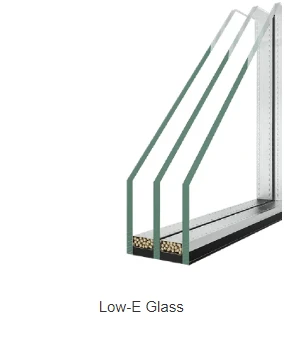

Reflective Glass Material Revolutionizing Aesthetics and Functionality
In recent years, the use of reflective glass material has gained significant traction in architecture and design, providing a unique blend of aesthetics, functionality, and environmental considerations. As urban environments continue to evolve, the demand for innovative materials that enhance both the visual appeal and the energy efficiency of buildings has never been more pressing. Reflective glass, with its myriad advantages, has emerged as a frontrunner in meeting these demands.
One of the primary characteristics of reflective glass is its ability to reflect sunlight, which can significantly reduce heat gain within a building. This property is especially beneficial in regions with high temperatures, where excessive heat can lead to increased energy costs for air conditioning and cooling systems. By utilizing reflective glass, architects can create designs that remain comfortable indoors, while also minimizing the overall energy consumption of the building. This aligns seamlessly with the contemporary emphasis on sustainability and green building practices, which prioritize energy efficiency and reduced carbon footprints.
Moreover, reflective glass contributes to aesthetic diversity. Its shiny surface captures and refracts light in captivating ways, allowing architects to play with reflections and transparency. The interplay of light and shadow created by reflective glass can transform the appearance of a building throughout the day and in different weather conditions. Urban landscapes can be significantly enhanced with the integration of reflective glass façades, as they can mirror surrounding environments, resulting in harmonious compositions that blend with nature and urban surroundings alike. This is particularly notable in city skylines, where reflective glass skyscrapers can create stunning visual dynamics that engage with both natural and man-made settings.
In addition to its environmental and aesthetic advantages, reflective glass offers practical benefits in terms of privacy and safety. Many types of reflective glass provide a level of privacy without sacrificing natural light. This is particularly useful in densely populated urban areas where buildings are closely situated. The one-way mirror effect allows occupants to enjoy outdoor views while inhibiting prying eyes from outside—a feature valued in both residential and commercial settings.

Reflective glass also plays a pivotal role in enhancing building safety. Its shatter-resistant properties make it a safe choice for high-rise buildings and structures susceptible to extreme weather conditions. With advancements in technology, manufacturers have developed reflective glass that maintains its integrity even when subjected to severe impacts. This feature ensures long-lasting durability, reducing maintenance costs and promoting a longer lifespan for the building.
However, the use of reflective glass is not devoid of challenges. One significant concern is glare, which can lead to discomfort for pedestrians and drivers in areas where large expanses of reflective glass are utilized. To combat this, designers must strategically plan the orientation and arrangement of reflective surfaces, taking into account the sun’s path and surrounding environment.
Additionally, while reflective glass can enhance energy efficiency, it is essential to consider the whole building's design. Integrating other sustainable features, such as green roofs, solar panels, and efficient HVAC systems, can create a more comprehensive approach to building performance.
In conclusion, reflective glass material stands at the intersection of innovation, design, and sustainability. Its ability to reflect sunlight and enhance aesthetic appeal while providing privacy and safety makes it a valuable asset in modern architecture. As we move towards a future that demands more energy-efficient, sustainable, and visually striking buildings, the role of reflective glass will undoubtedly continue to grow. Embracing this material not only shapes the skyline but also reflects a commitment to creating environmentally conscious and aesthetically pleasing urban spaces. Through thoughtful design and responsible use, reflective glass can be harnessed to enhance the functionality and beauty of our built environments.